Table of Contents
We’ve all been there with Battery Myths. That sinking feeling when you see your phone battery hit 5%. Suddenly, you’re a modern-day survivalist, frantically dimming your screen, closing apps, and praying for an outlet. Our lives run on batteries, yet the advice we follow for taking care of them is often ancient, wrong, and actively harmful.
Many of the common battery myths we learned from our parents were true… for the brick-like gadgets of the 1990s. But today’s sleek devices use a completely different technology: Lithium-ion batteries. And they play by a whole new set of rules.
It’s time to unlearn the old ways. Let’s debunk the four biggest battery lies that are probably killing your gadgets.
Myth 1: “You have to drain your battery to 0% before charging.”
The Lie: We were all taught about the dreaded “memory effect,” where a battery would “forget” its full capacity if you didn’t drain it completely.
The Truth: This was only true for old Nickel-Cadmium batteries. For modern Lithium-ion batteries, this is the worst thing you can do. They hate deep discharges. Forcing your battery to go from 100% to 0% and back again puts maximum stress on its chemistry, causing it to degrade faster.
The Analogy: Think of your battery like a person. It doesn’t like being starved (0%) or stuffed until it’s about to burst (100%). It’s happiest and healthiest when it’s just chilling in the middle.
Myth 2: “Leaving your phone plugged in overnight will overcharge it.”
The Lie: The fear is that leaving your phone plugged in for hours will pump too much juice into the battery, causing it to overheat and explode.
The Truth: Your phone is smarter than you think. Every modern smartphone has a charge controller that automatically cuts off the power once the battery reaches 100%. You physically cannot “overcharge” it.
However, there is a small catch. Keeping the battery at that high-stress 100% state for hours on end, especially while generating heat, isn’t ideal for its long-term health. That’s why both Apple (“Optimized Battery Charging”) and Android (“Adaptive Charging”) have features that charge your phone to 80% and then wait to top it off to 100% just before you wake up.
Myth 3: “Constantly closing your apps saves battery life.”
The Lie: It feels productive, right? Swiping up and force-quitting all those apps in your multitasking view must be saving power.
The Truth: This is one of the most persistent battery myths, and it can actually make things worse. Modern operating systems like iOS and Android are designed to freeze apps in the background, putting them in a low-power, suspended state. They aren’t actively running or draining your battery.
When you constantly force-quit an app, you are forcing your phone to do more work. The next time you open that app, your phone has to load it from scratch, which uses more CPU cycles and more battery than simply resuming it from its frozen state.
The Exception: The only time you should force-quit an app is if it’s genuinely frozen, crashed, or misbehaving. Otherwise, leave them alone!
Myth 4: “You should only use the official brand-name charger.”
The Lie: Using a third-party charger from another brand will fry your expensive new phone.
The Truth: This is half-true, but the logic is flawed. The rule isn’t “brand-name vs. generic”; it’s “reputable vs. sketchy.”
A high-quality, certified charger from a reputable brand like Anker, Belkin, or UGREEN is perfectly safe and will work just as well as the one from Apple or Samsung. The real danger comes from the cheap, no-name, uncertified chargers you find at gas stations or in bargain bins. These often lack proper safety mechanisms and can deliver unstable power, which can damage your device.
How to Actually Make Your Gadgets Last Longer
Now that we’ve debunked the bad advice, what’s the good advice?
- The 40-80 Rule: This is the golden rule for battery longevity. Try to keep your battery level between 40% and 80% as much as possible. This is the “happy zone” for Lithium-ion batteries and puts the least amount of stress on them. You don’t have to be obsessive, but avoiding the extremes of 0% and 100% makes a huge difference over time.
- Avoid Extreme Heat: Heat is the number one enemy of batteries. It degrades them faster than anything else. Don’t leave your phone on your car’s dashboard in the sun, and try to take it out of a thick case when charging overnight.
- Lower Your Screen Brightness: The display is almost always the single biggest power consumer. Manually lowering your brightness or using auto-brightness is the easiest way to get more juice out of a single charge.
- Check for Battery Hogs: Go into your phone’s settings (Settings > Battery). Your phone will tell you exactly which apps are using the most power. If you see an app you barely use at the top of the list, it might be misbehaving in the background, and you can investigate or delete it.
Conclusion: New Tech, New Rules
Taking care of modern batteries is less about following a rigid set of rules and more about avoiding stress. By ditching these outdated battery myths and adopting a few simple habits, you can significantly extend the lifespan of your favorite gadgets and spend less time hunting for a charger.
What’s the worst battery advice you’ve ever received? Share it in the comments below!

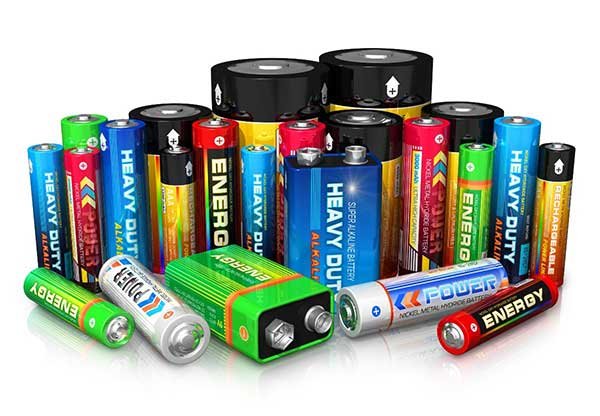

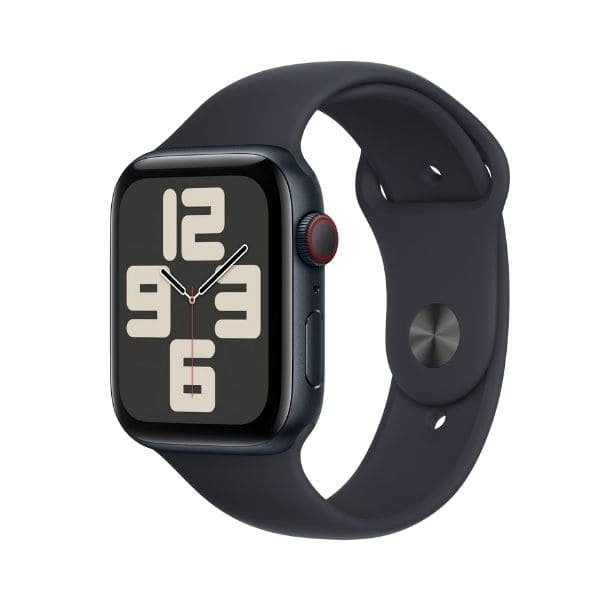
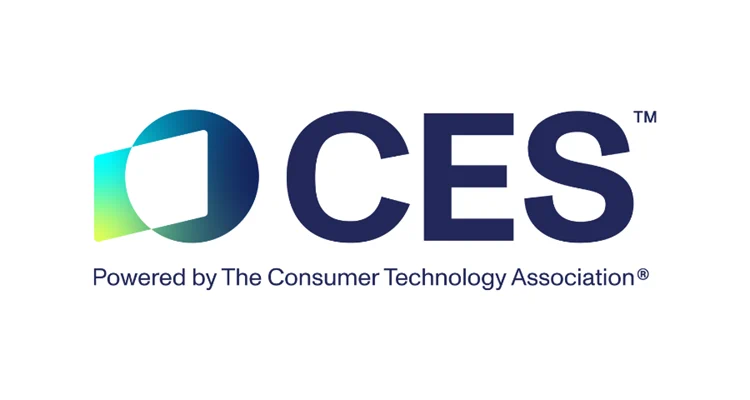
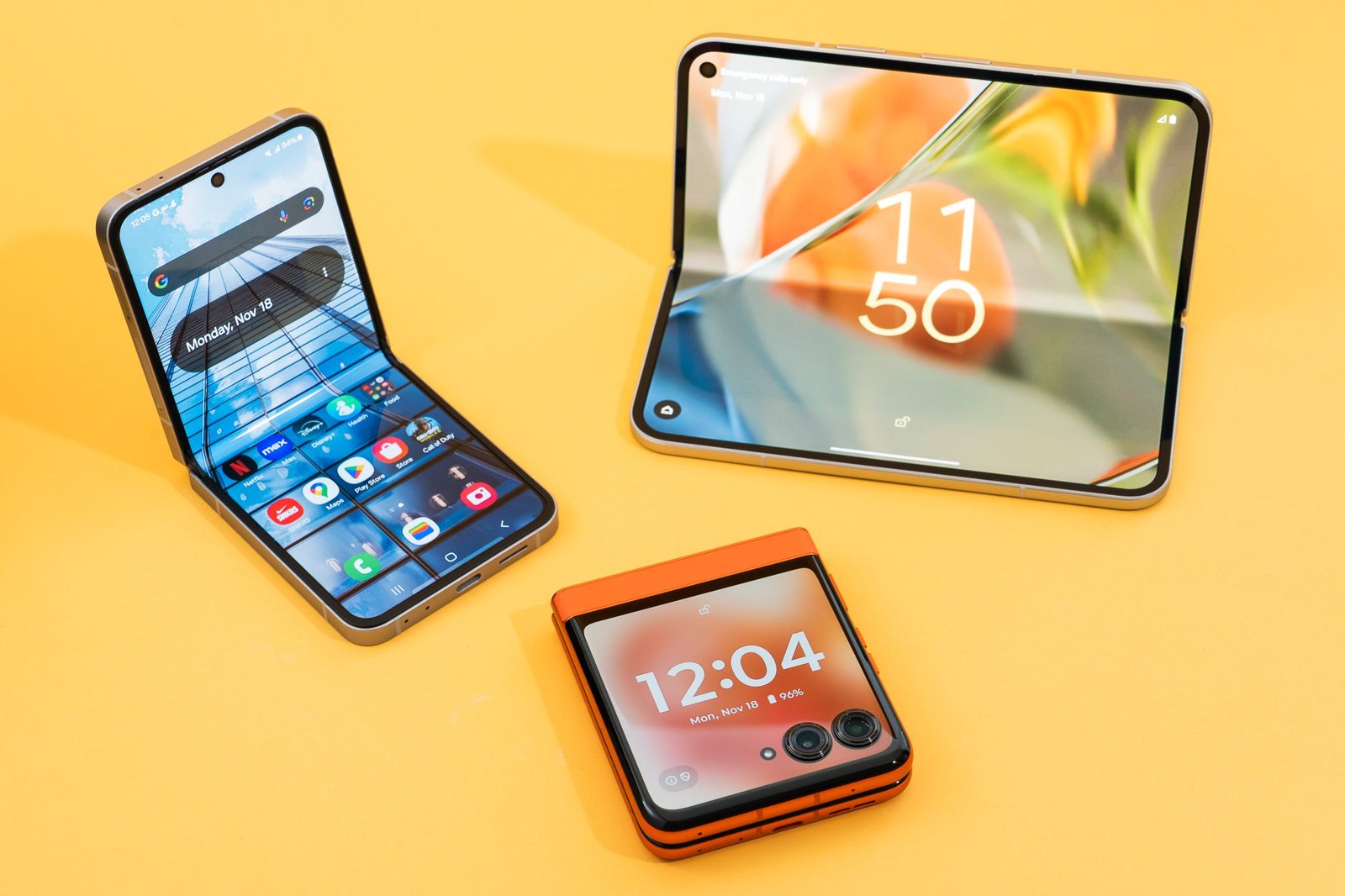
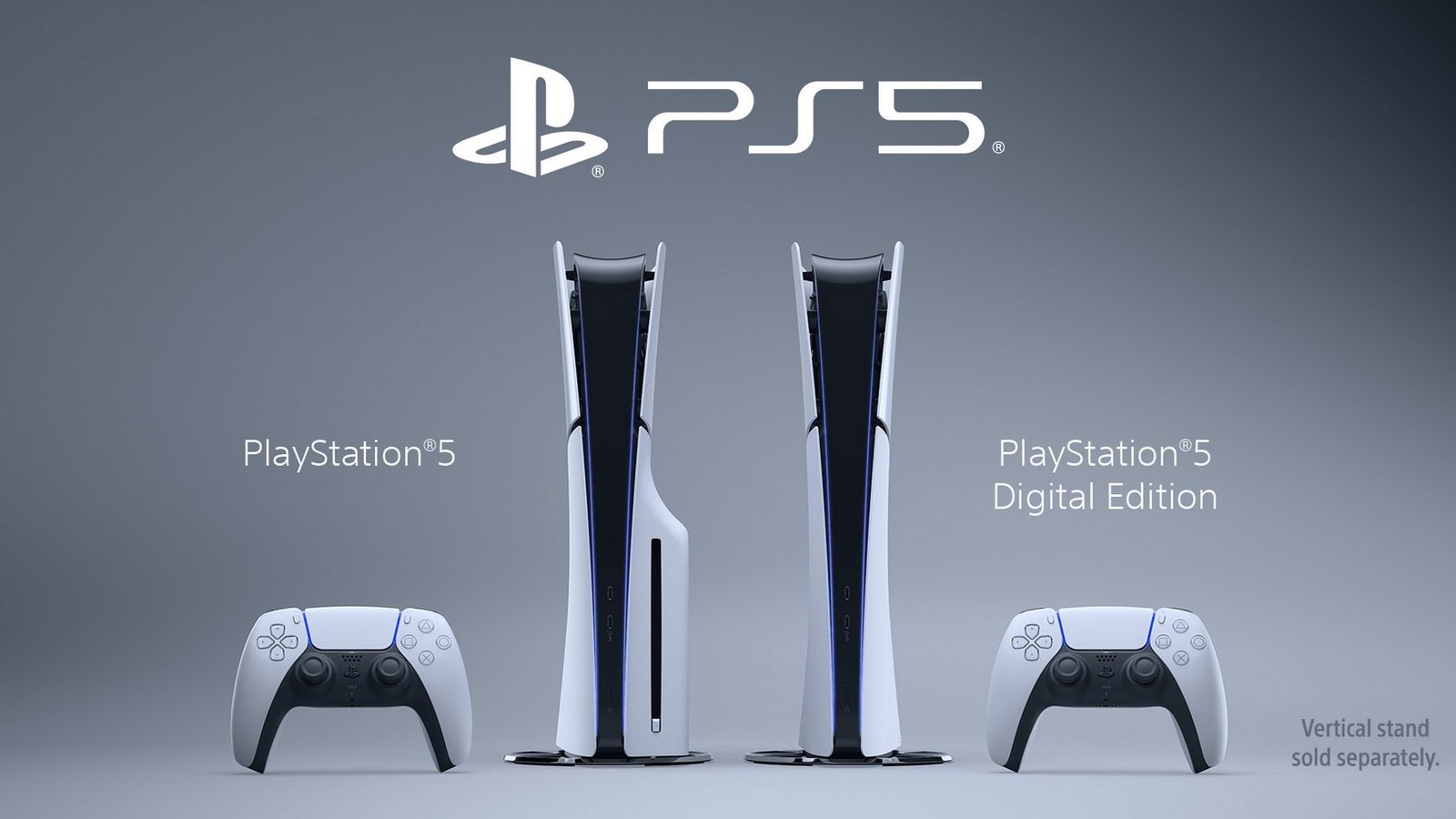
Leave a Reply
You must be logged in to post a comment.